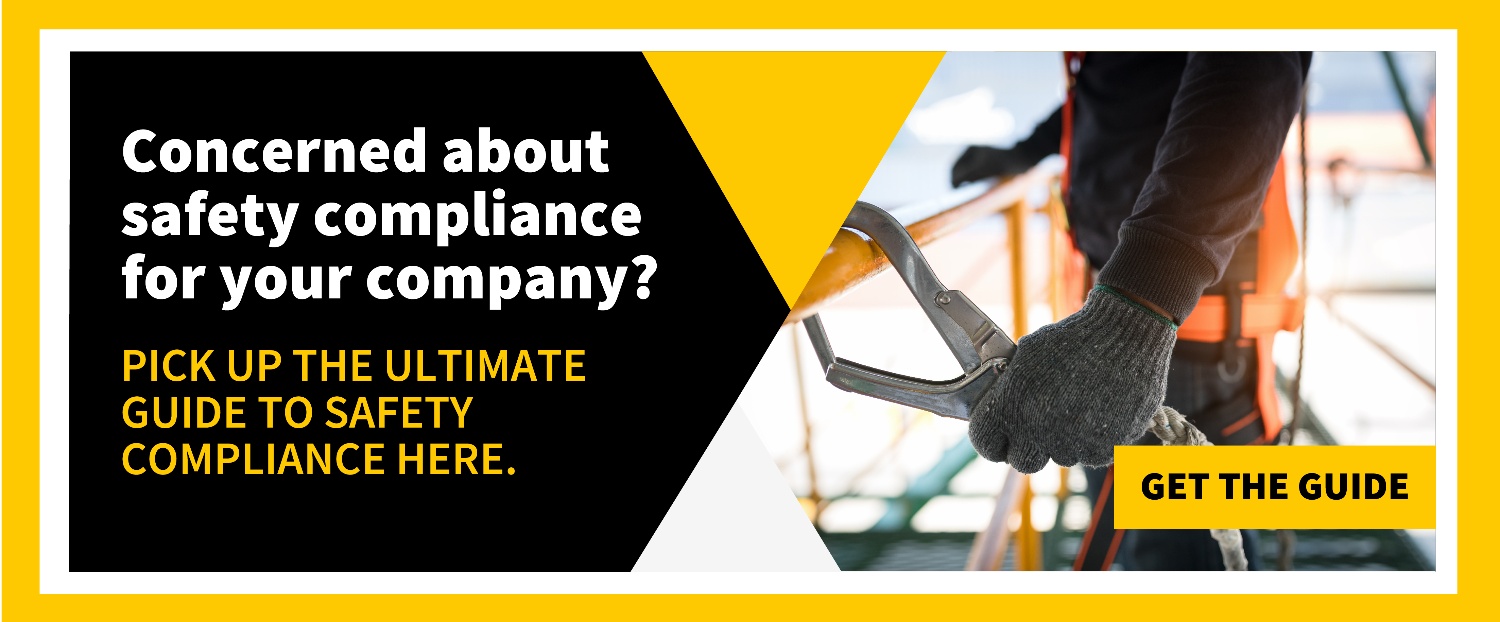
While green construction is not a new concept, consumers are always looking for different ways to minimize their environmental footprint. A combination of economic, social, and demographic shifts has placed new urgency on sustainability, and choosing to work in green construction not only helps protect the environment—it places your company on solid ground in a rapidly shifting market. Let's take a closer look at why green construction is growing in popularity, and what added steps you may need to take before joining the industry.
What is green construction?
In general terms, green construction focuses on materials, procedures, and processes that reduce negative environmental impacts. A green approach to construction might include using sustainable or recyclable materials or making the building processes themselves more efficient.
Green construction continues to rise in popularity, with a heavy emphasis on LEED certifications and the newer BREEAM certifications.
- LEED stands for Leadership in Energy and Environmental Design. Buildings earn LEED certification when they meet environmental design standards based on four tiers of sustainability.
- BREEAM is Building Research Establishment Environmental Assessment Methodology. It quantifies a wider range of criteria to determine the sustainable value of infrastructure and buildings at every stage of the project.
The major benefits of LEED or BREEAM certifications include:
- Water conservation. The average LEED-certified building uses 11% less water than traditional builds.
- Energy efficiency. LEED-certified buildings have 34% lower emissions and use 25% less energy than regular buildings.
- Health and wellness. Improved ventilation and materials reduce allergens, improve asthma, and a focus on natural light improves overall health.
- Waste reduction. Modular construction, reusable components, minimized packing, and recyclable materials eliminate or minimize as much waste as possible.
- Job creation. Within the next few years, the green economy is expected to continue growing as reduced costs and return on investment merge with environmental awareness and influence more consumers to make sustainable choices.
Due to this projected uptake, both LEED and BREEAM are recognized as competitive advantages to owners who not only generate operational savings over the long term but also increase their industry standing.
Let’s dive deeper into how a contractor’s duties change when undertaking a green project.
The Contractor's Role in Green Construction
While many aspects of green construction work are similar to a typical job, contractors should be aware of the project’s specific goal. In many cases, you will require specialty certifications to work on green buildings. But with green construction’s growth potential, the payback for this investment makes it an economically wise choice. Here are some areas in which you may notice procedural and process changes.Project Execution
To achieve LEED or BREEAM certification, the building will need specific materials. It is important to work with the architect and owners to ensure approved materials meet both sustainability and aesthetic criteria. Trusted suppliers can ensure you get what you want on time and error-free.
LEED and BREEAM require strong record-keeping, including how energy and waste are handled on-site. Some materials require a chain of ownership documentation proving the materials ordered were received and installed.
Understand Expectations
The expectation of green construction is more than just using suitable materials. Green construction is rooted in a philosophy that extends throughout the work culture and job site. Ensuring your employees understand the importance of green initiatives will help build sustainability into your everyday processes.
Related Content: Environmental Compliance in Construction
A few examples of sustainable construction practices are:
• Prioritizing solar energy systems. Solar energy can be used to power the project.
• Switching from regular work lights to LEDs.
• Recycling as much as possible to minimize waste
• Prevent construction runoff by using retention ponds.Maintain Documentation
Paper and photo documentation of LEED and BREEAM projects can be the difference between high-level certification and no certification. Keeping accurate records of each step in the process, documenting materials received, retaining chain of ownership certificates, and tracking waste products can help you monitor your progress and achieve your certification.
Earn Certification in Green Building
Whether you are a builder, remodeler, or another industry contractor, certification is a key consumer consideration if you want to stand out in a fast-growing industry. As a Certified Green Professional, you communicate your commitment to achieving environmental goals.
You can take several paths to become certified. One of the more popular options is the LEED certification, but all certificate programs take between one and two years to complete. With the changing nature of construction, long-term job prospects significantly outweigh the time investment required for certification.
Final Thoughts
Getting on board with LEED and BREEAM offers you increased client satisfaction, reduced waste, more efficient processes, and industry recognition. More than a trend, green opportunities are a wise place to position yourself in an ever-growing industry.
While it may appear daunting, safety consultants can guide you through the steps of entering the market and gaining the necessary certifications. Choosing a green philosophy will resonate with your clients and offer you new growth opportunities.


















